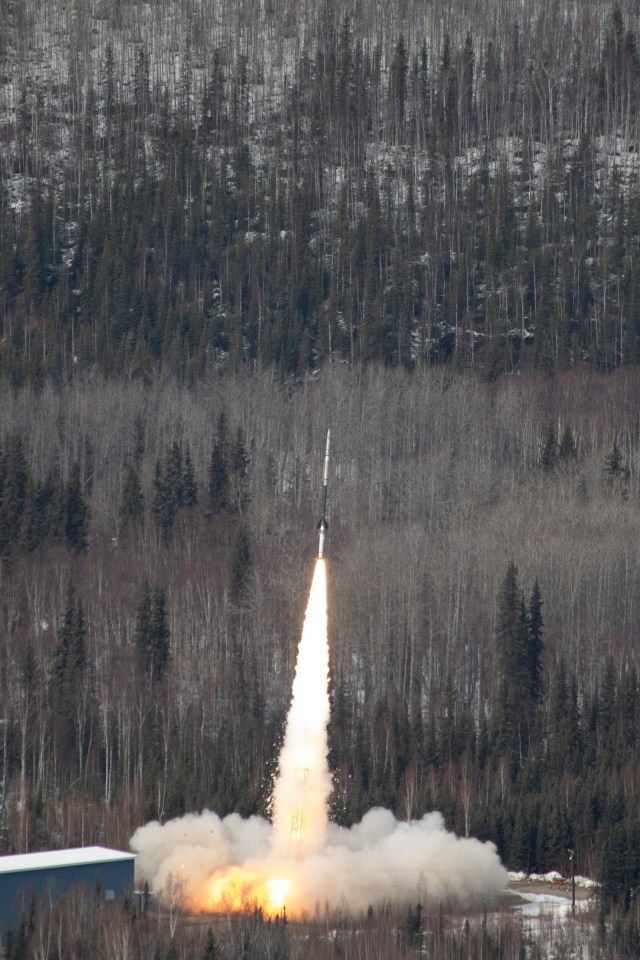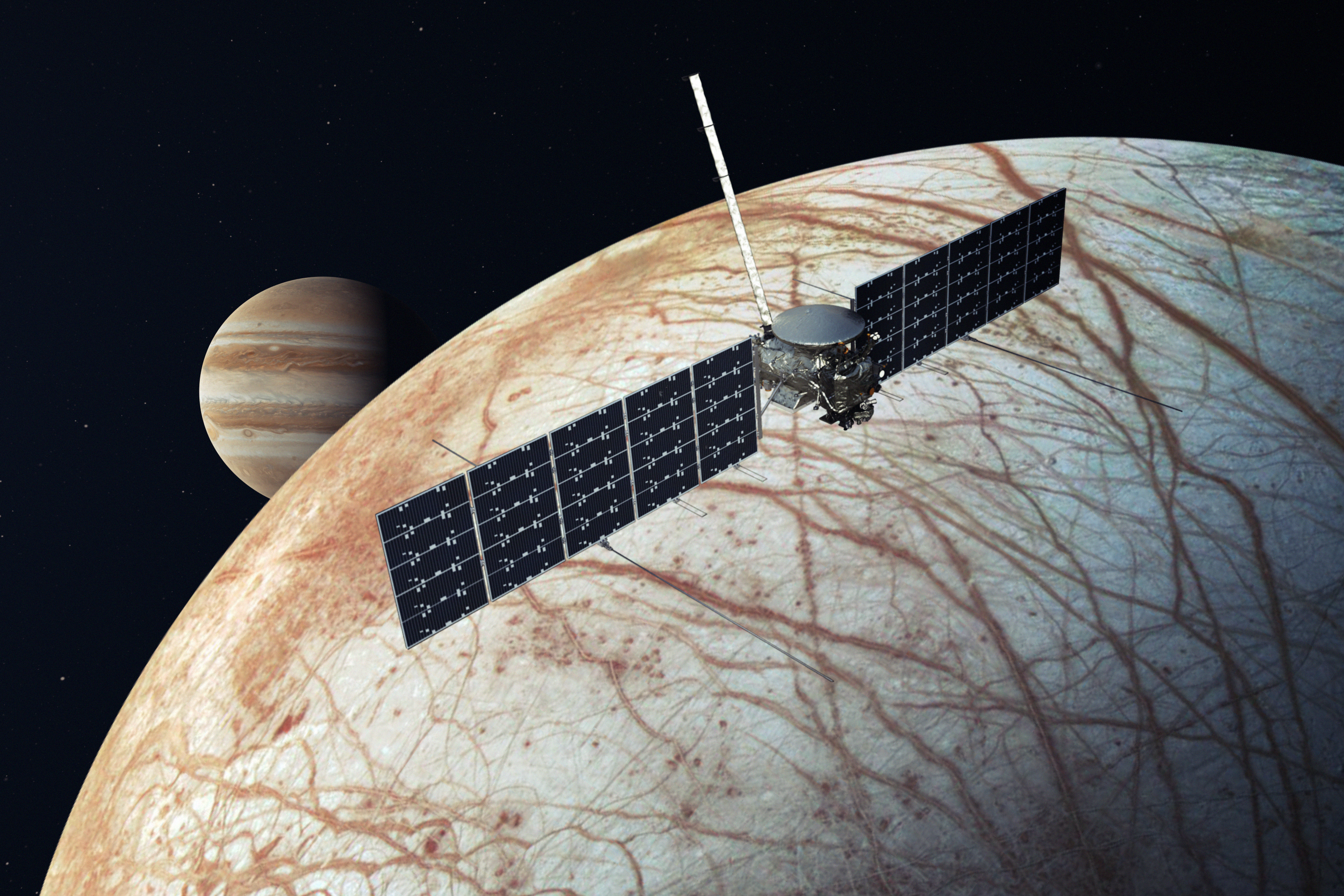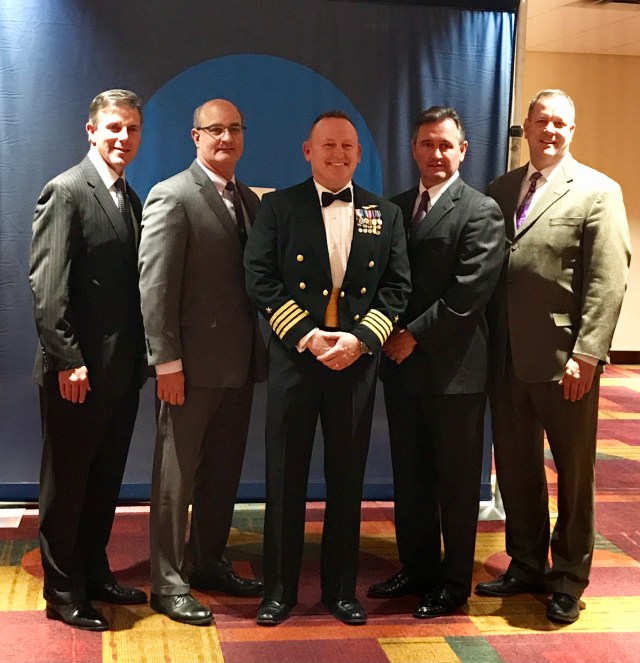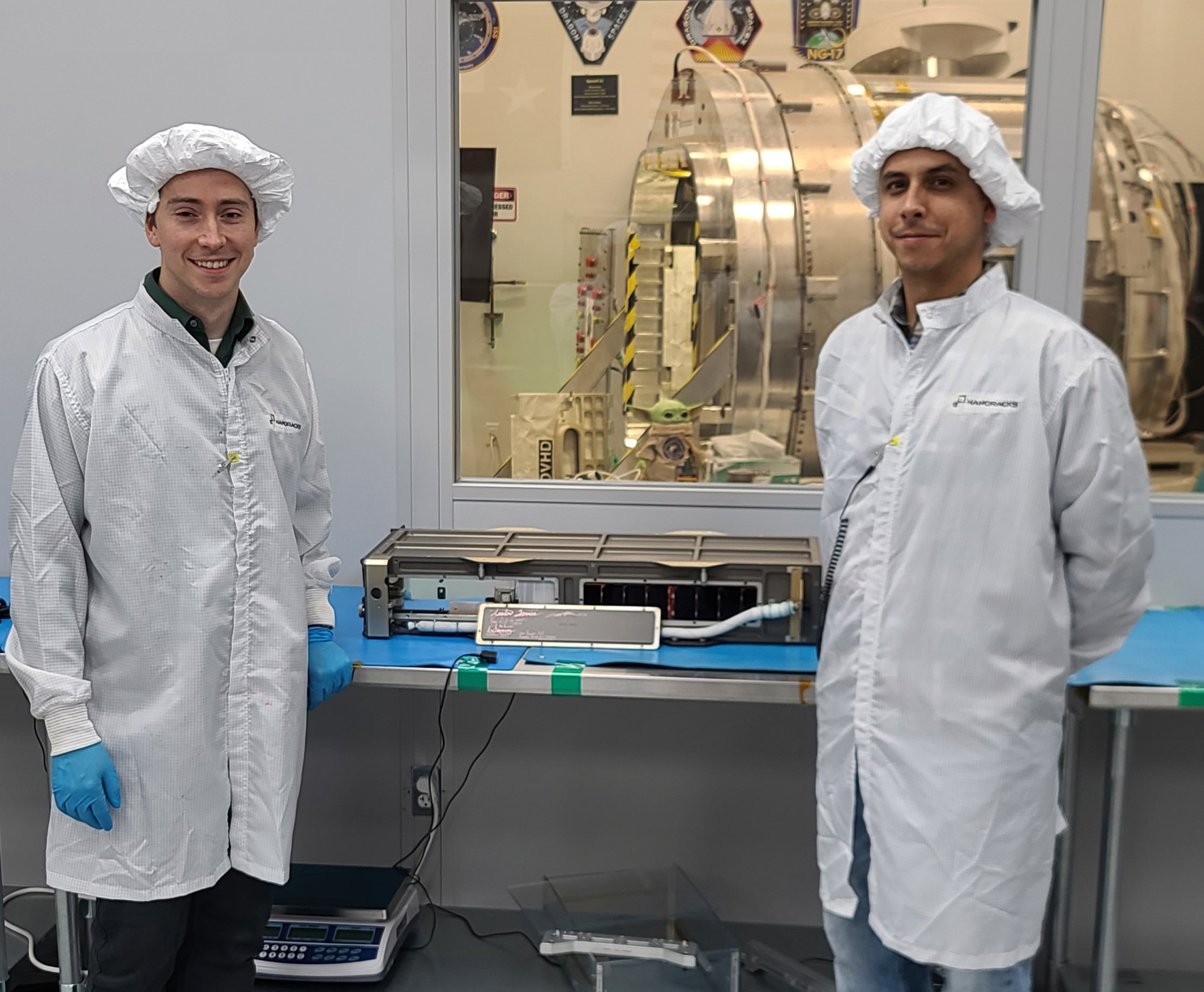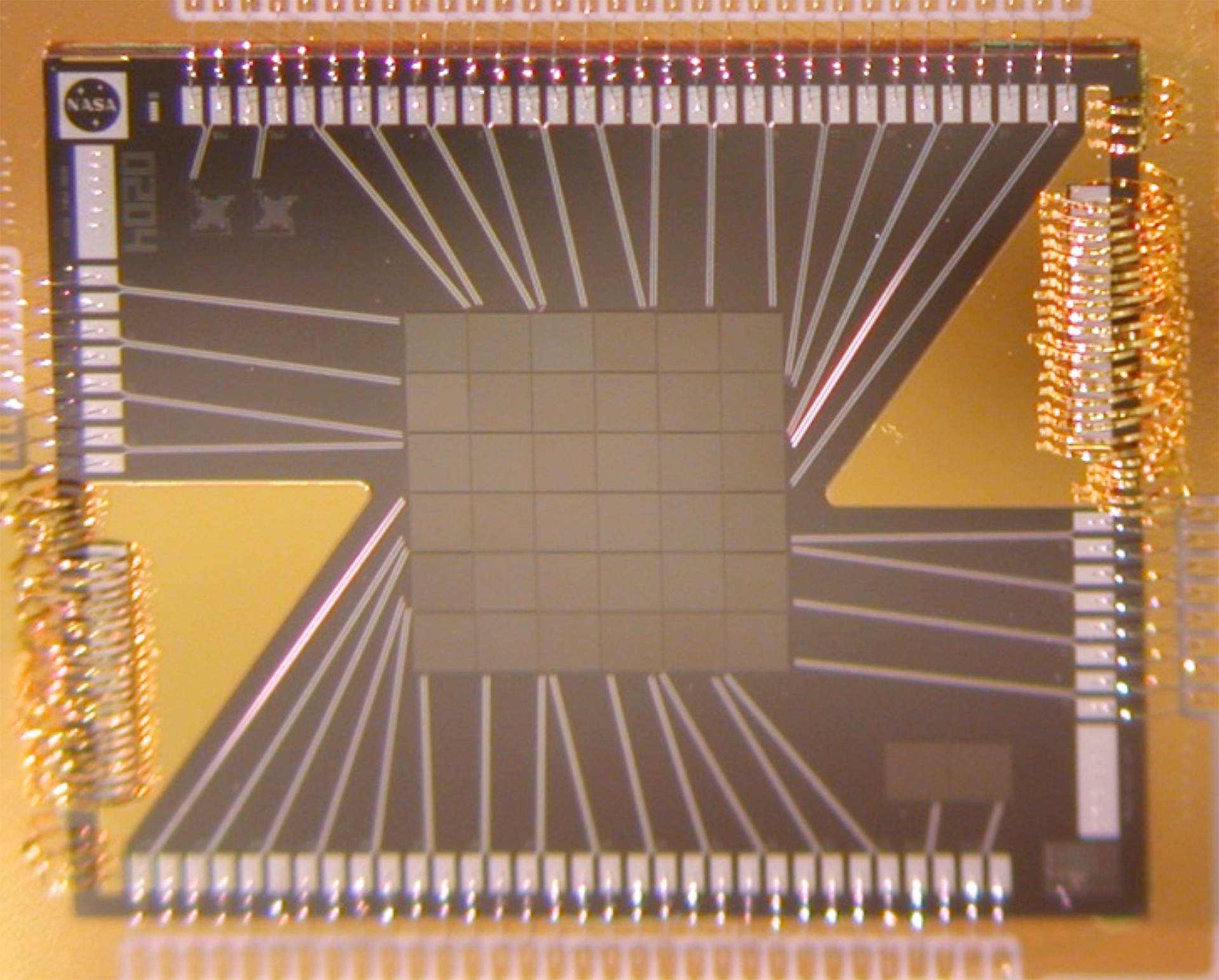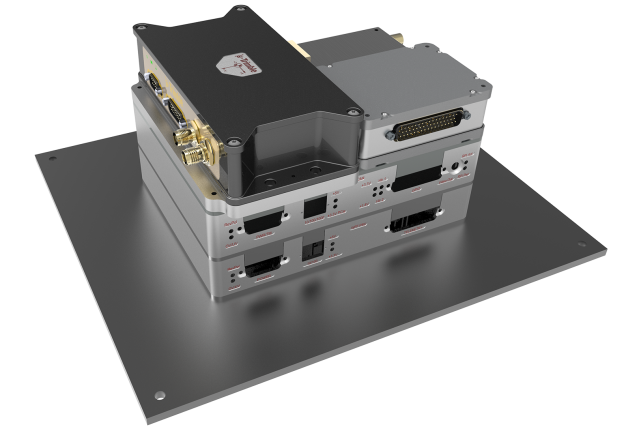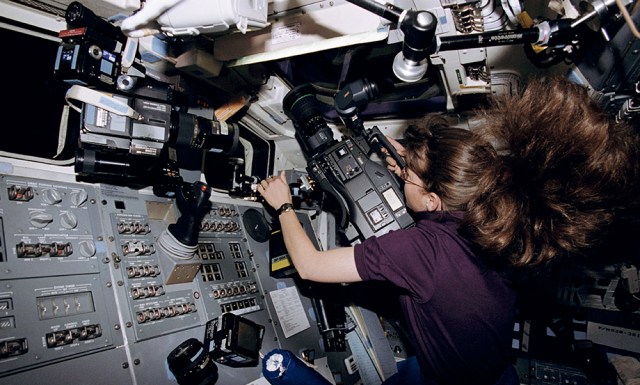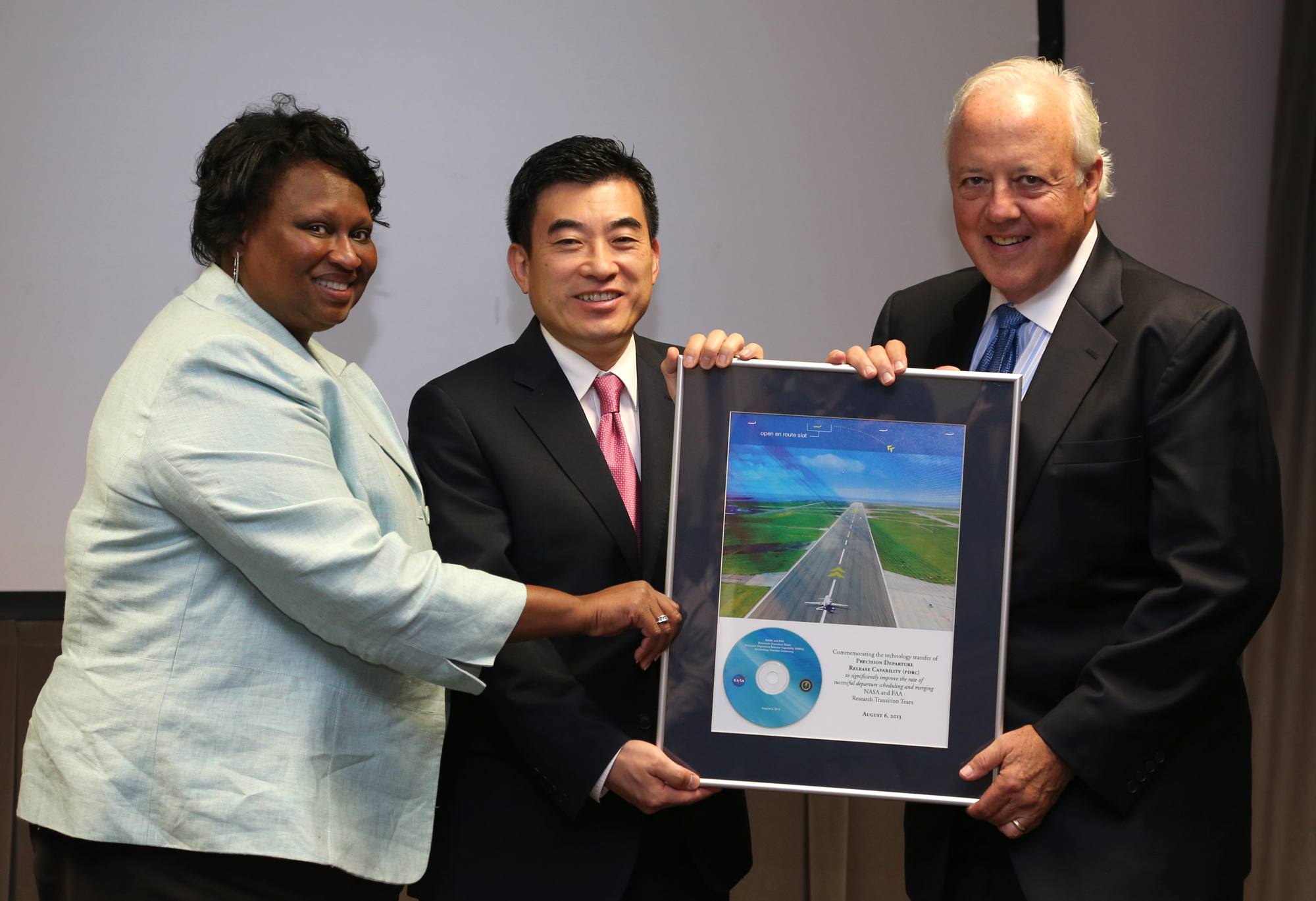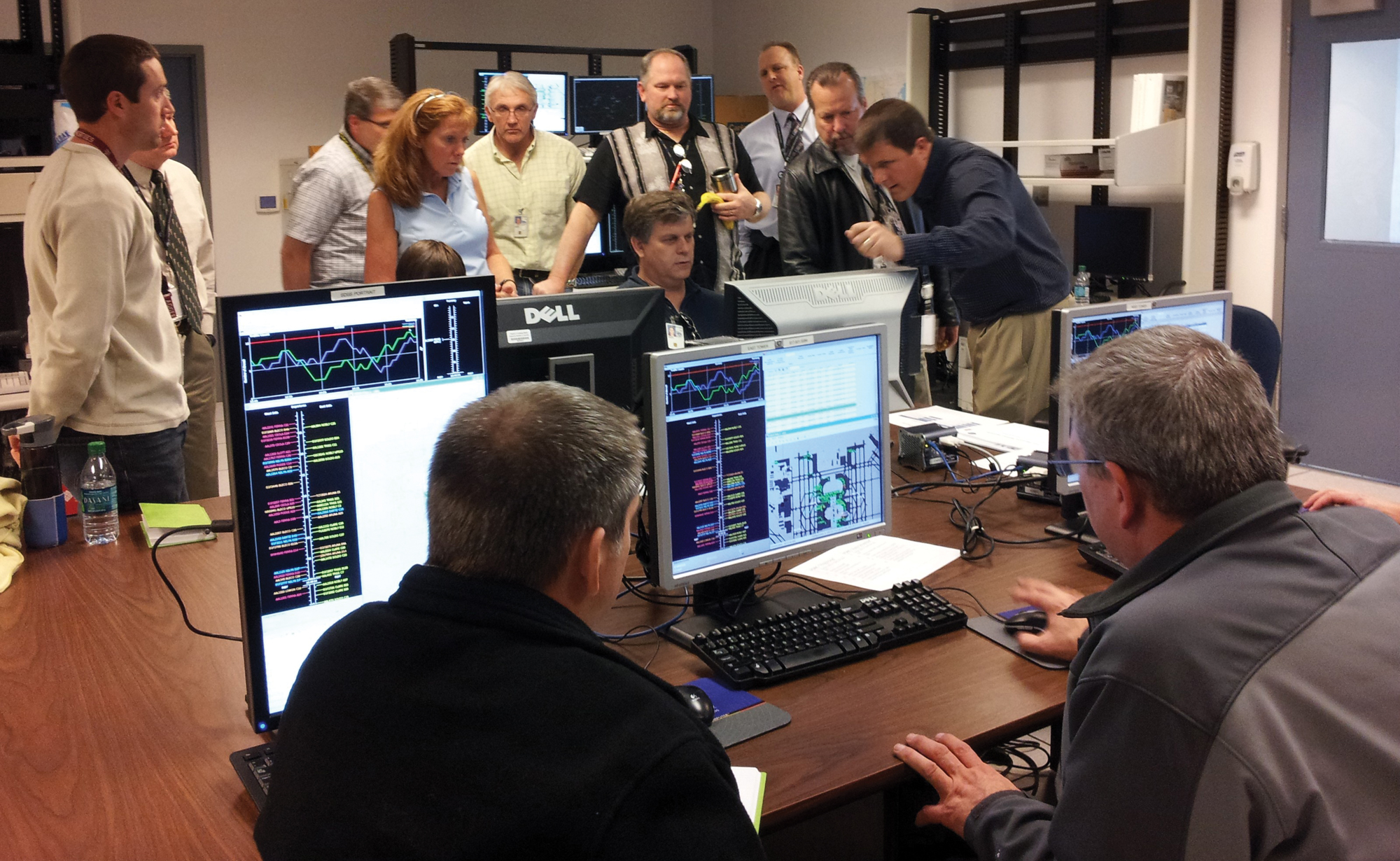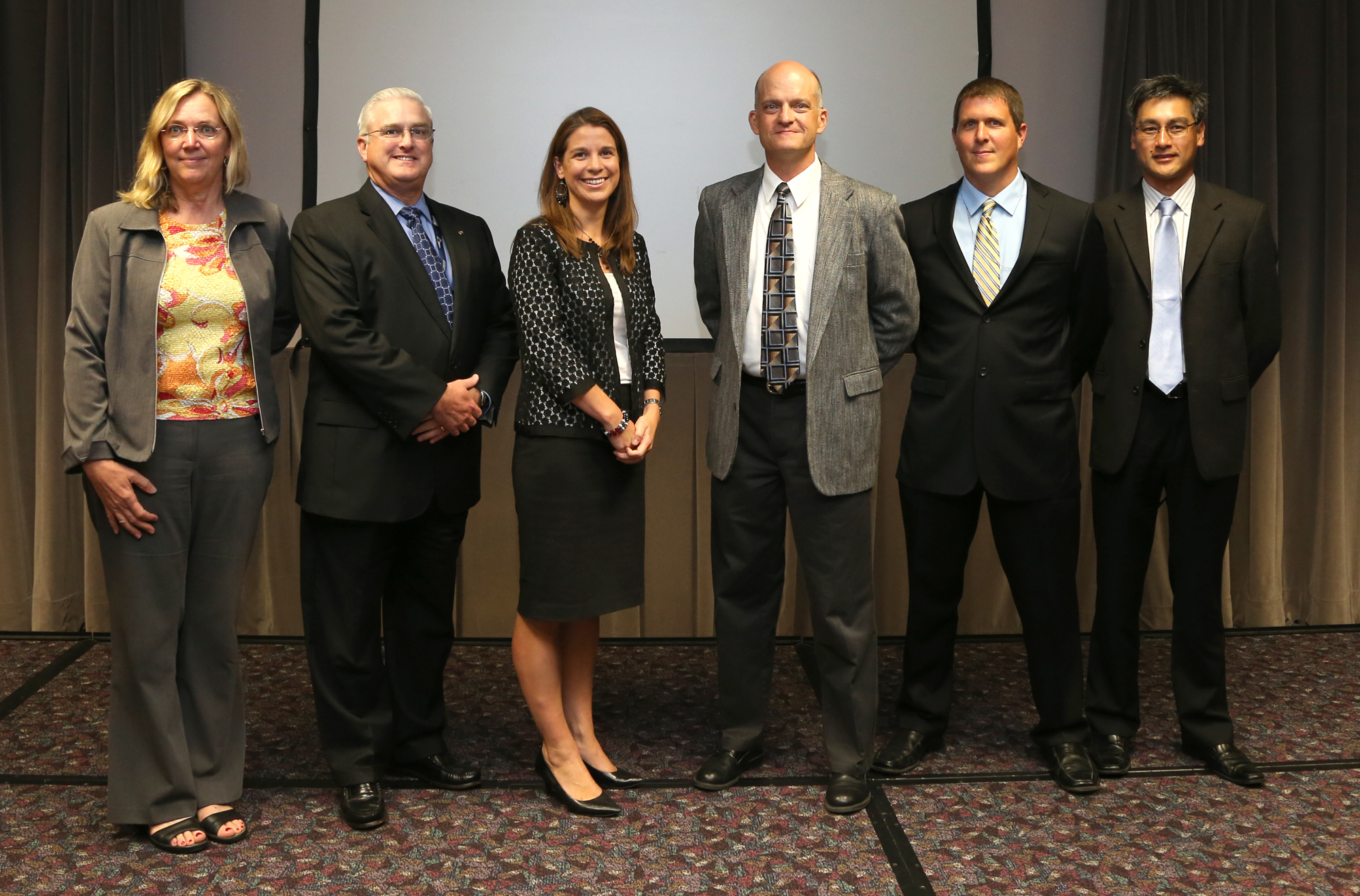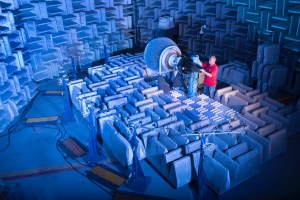Timing is everything.
In delivering the punch line to a good joke, passing the football to a receiver in the end zone or launching a new crew to the International Space Station – knowing the exact moment to go is the key to success.
Air traffic controllers face that kind of scheduling challenge every day as they work to move thousands of passengers and tons of cargo efficiently and safely through every phase of an airplane’s journey from airport gate to gate.
Take departure, for example. Controllers must smartly direct aircraft from a terminal gate, along the taxiway, onto the runway and then into the sky, allowing the airliner to join smoothly with the busy air traffic lanes overhead.
To do this, controllers must determine as best they can the precise amount of time it will take for an airliner to get from its gate to a fixed spot in the sky, and therefore be able to predict when pilots should receive clearance to push away from the terminal.
Now a new computer software tool developed by NASA’s aeronautical innovators – the Precision Departure Release Capability, or PDRC – will soon help controllers better manage that part of the airplane’s trip.
NASA officially presented the prototype software by to the Federal Aviation Administration (FAA) during a ceremony at the FAA’s headquarters in Washington Tuesday, Aug. 6.
“NASA and the FAA have become extremely effective at combining our unique skills and rolling up our sleeves to find solutions to the extremely complex challenge of improving air traffic management,” said Jaiwon Shin, NASA’s associate administrator for aeronautics. “PDRC is the latest example of how NASA ideas matched with FAA input to create technologies to benefit all of aviation, and there are more to come.”
With PDRC, controllers will be able to improve the overall efficiency of air traffic management by reducing missed or delayed departures and allowing more aircraft to depart within a given timeframe.
Tests of the software conducted during the past few years show that PDRC could help fill as much as 80 percent of the slots in the constant overhead stream of air traffic that usually go empty because of timing issues on the ground.
“We call those ‘missed opportunities,’ and with PDRC working in concert with other tools the FAA has available, we hope to better take advantage of all the opportunities to safely make flying more efficient,” said John Cavolowsky, director of NASA’s Airspace Systems Program, which developed PDRC in collaboration with the FAA through a research transition team.
While the FAA already employs specific tools by for managing aircraft movement on the ground, as well as the flow of aircraft scheduled for takeoffs, PDRC is intended to work with these tools and fully automate the process that determines the time an airplane can begin taxiing toward a runway.
With its automation features the PDRC software also will help controllers react more quickly when conditions change because of weather or other problems, as well as reduce their overall workload in one of the most stressful jobs in aviation.
Testing and evaluation of the PDRC software was done during two series of exercises conducted at NASA’s North Texas Research Station near the Dallas/Fort Worth International Airport beginning in May 2012 and concluding earlier this year.
During the evaluation the prototype PDRC system was used by FAA controllers to schedule departure times for real, operational airline flights.
The PDRC software tool is the latest example in a long history of NASA’s technical contributions to the aviation community, and highlights the kind of research called for in the agency’s new strategic vision for aeronautics.
Based on a fresh look at the future of aviation – as well as global trends in technology, the environment and economics – the updated vision is designed to ensure the United States maintains its leadership in the sky and sustains aviation so it remains a key economic driver and cultural touchstone for the nation.
The new PDRC tool in particular illustrates one of the vision’s six research goals, which is to safely expand capacity of the global airspace system to accommodate growth in air traffic.
In early 2012, NASA transferred another technology to the FAA that, like PDRC, tackles an air traffic management challenge, only this time related to the congested airspace near airports that limits the number of incoming aircraft and increases local noise, emissions and fuel waste.
Developed and field-tested by NASA in partnership with the FAA, the Efficient Descent Advisor, or EDA, is intended to help air traffic controllers better manage incoming traffic to reduce delays while avoiding flight path conflicts between aircraft.
Air traffic management software tools such as PDRC and EDA are developed by NASA’s Airspace Systems Program, which is part of the agency’s Aeronautics Research Mission Directorate.


